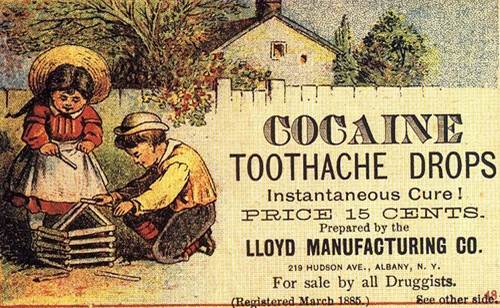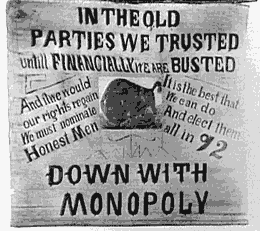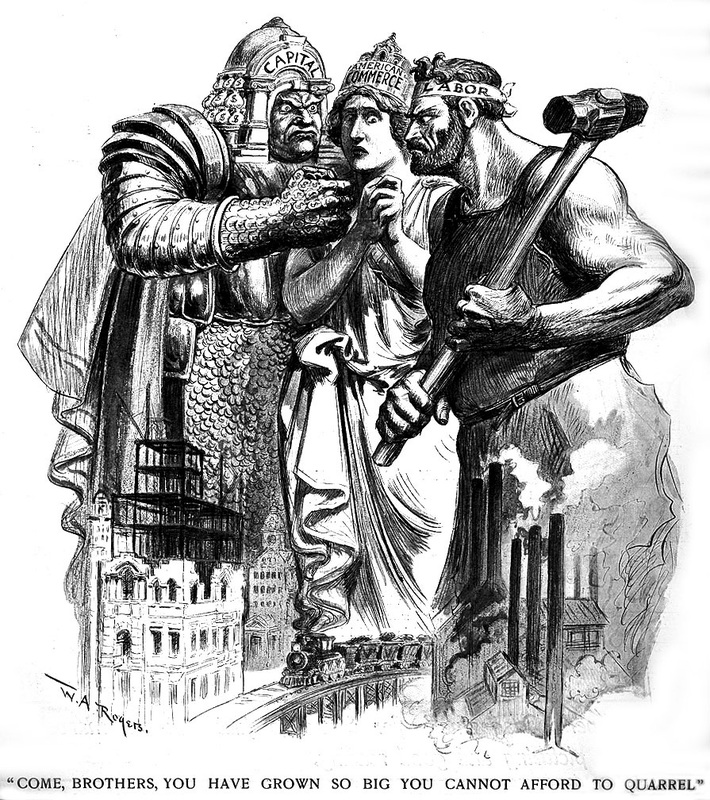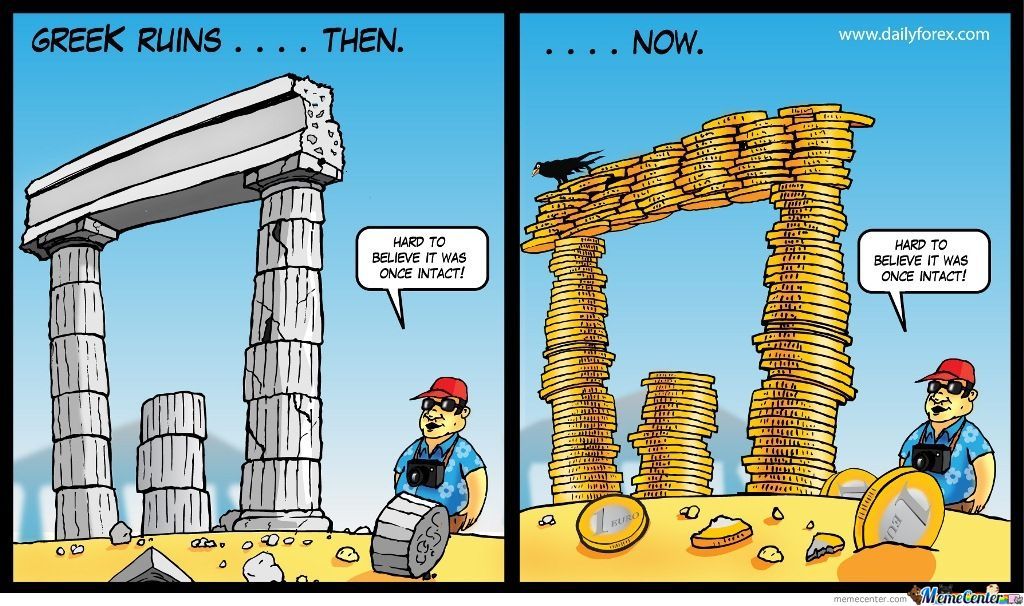The Progressive Era reached its popular height in 1920 in the US, but many of the ideas continued to grow and spread. The Beginning, The Middle and The End The Manitoba Progressives led by John Bracken supported devolution of powers and rights to the provinces, especially over natural resources. During the depression they fostered a back to the land movement with resettlement grants that helped connect and balance interests in the province. Bracken deeply influenced provincial and federal politicians like John Diefenbaker who eventually took over his role as party leader and Prime Minister. The various provincial parties including Nova Scotia, organized separately from the federal party, adopted the Progressive title. In Nova Scotia the Progressive idea was a natural fit with the rural life of the province, the modern urban communities built around the harbour, the independent views of farmers and fishermen, the vexations of the bootlegging era, and the household-leading role of women left to do everything in the community while men were at sea. Nova Scotians had also had it with a few very powerful men who ran the banks, shipping companies, breweries and government. It's an amazing part of our proud history that co-ops, credit unions and the Antigonish Movement grew here in Nova Scotia. They were prefect manifestations of the progressive ideals of modernization and country life. We shared these ideas with the world. The Antigonish Movement blended adult education, co-operatives, microfinance and rural community development to help small, resource-based communities improve their economic and social circumstances through the 20's and 30's. The Progressive spirit in Nova Scotia was captured early on by Angus L. MacDonald, a Liberal who became premier in 1933 and died in office 21 years later in 1954... with a secondment in the war years to be the Federal Minister of Defence. Angus L. grew the Royal Canadian Navy from a couple tin pots to the fifth largest naval fleet in the world - running the entire North Atlantic theatre and convoy service. And he grew Nova Scotian prosperity along with it. McDonald went big on infrastructure paving roads, building bridges, extending electrical transmission lines and classically progressive investments improving public education. Much of our infrastructure and education system today is still what he put in place more than 60 years ago. He created New Deal-style make-work projects of all the big infrastructure investments – hiring locals and training them rather than contracting out. He supported the progressive philosophy of provincial autonomy with Federal tax sharing going to social programs like health, education and welfare. He openly argued that Nova Scotians were victims of national policies since confederation that supported and protected the industries of Ontario and Quebec. Nova Scotia had gone from the richest province per capita before Canadian Confederation in 1867 to poorest and most deindustrialized by the 1930s. As a progressive MacDonald feared that the growth of big government bureaucracy would threaten democracy. For him, the role of the state was to provide basic services. He supported public ownership of utilities like the Nova Scotia Power, but rejected calls for more interventionist economic development policies such as government investment in key industries or big loans to private companies. Though the progressive era ideals easily took hold and bore fruit in Nova Scotia, one aspect of progressivism that didn’t blossom was the importance of non-partisan thinking. Maybe the rancor of Joseph Howe and the Anti-Confederate party at confederation, and the still open wound of the bad deal with the Canadas, inflamed too much passion. Even today we limit ourselves painfully by 100 year old thinking about parties lines - what they are and what they can do. For the Nova Scotia Progressive Conservatives the era of Bracken and Diefenbaker took hold in Nova Scotia with a period of rebuilding a uniquely provincial party that took almost 10 years. Then, in 1956 after the death of Angus L., the Progressive Conservative government of Robert Stanfield, a socialist turned progressive, got their chance. They won three straight terms with a singular focus of modernizing through education in all aspects of society. Stanfield went on to become the federal leader in 1967 and has been described as the greatest Prime Minister Canada never had. G. I. Smith took over for another PC term. Not only was Mr. Smith an advocate of Mr. Stanfield, he was an activist for the idea of transfer and equalization payments in Canada, which Angus L. had encouraged. Often seen by some as the wealthy provinces paying the poor ones, Mr. Smith saw equalization as a way of balancing the economies of the various regions, which fundamentally moved at different paces. In truth every province at one time or another has been the receiver of equalization payments. The federal pool from which they are funded is not filled by provinces but by the individual taxpayers of each province such that it’s the people earning and paying the most helping those earning and paying less. It’s the uniquely Nova Scotian answer to the same problem facing the new European Union today as the economy of the Greek Mediterranean region moves at a different pace than the re-united German region. By the 1970’s the ideals and ideas of Progressivism faded completely from politics. The days of big government, big business and big public sector labour had begun. Gerald Regan was the first Liberal premier in a generation to really shut out the lights on Progressivism. As the 70's ended inflation, the oil crisis, de-industrialization, the decline of trade unionism, and American international imperialism gave us a taste of our new globalized world and Nova Scotia did not like it. Eventually, John Buchanan took over for an additional three terms and accomplished the Progressive goal of gaining provincial rights to our then untapped off-shore resources. But by then the PC’s had lost the plot entirely and were simply following the Liberal lead – growing government, growing debt for current spending not infrastructure, and growing a deficit of ideas. Seven terms of government for any movement builds up fat, inefficiency and waste. Mr. Buchanan, by 1990, was leader of a genuinely inefficient, hopelessly bureaucratic and wasteful government that needed change more than anything.  It's easy in light of present day knowledge to ridicule and condemn the past. Much of yesterday's ideas are in need of atonement, not emulation. But more sympathetic understanding can reveal a lot to learn. Sometimes old solutions are the right medicine for modern problems... but definitely not this one. |
John Wesley
Writing about life, citizenship, and Nova Scotia. Archives
June 2020
Categories
All
|




 RSS Feed
RSS Feed